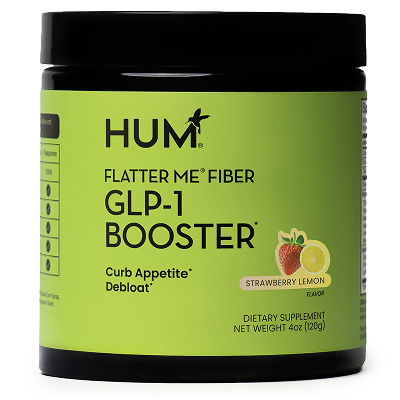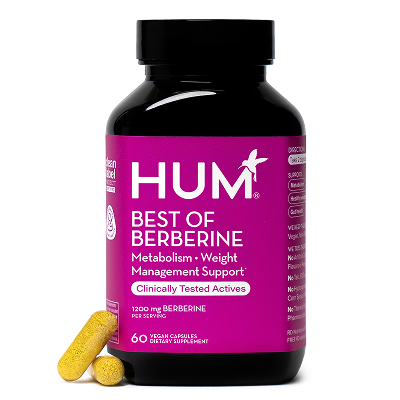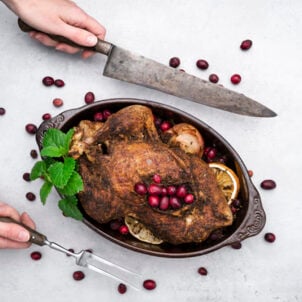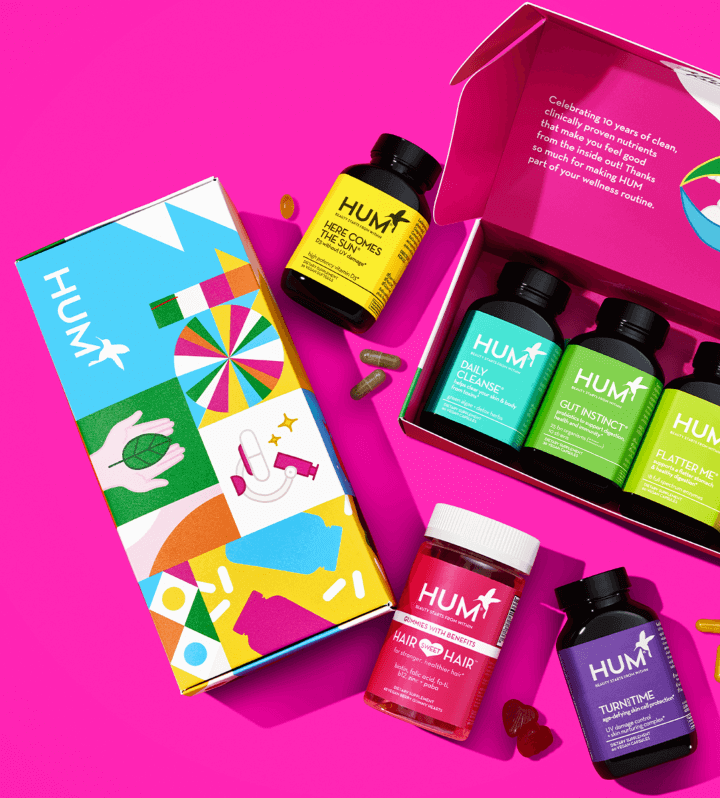5 Smart Strategies to Enjoy Thanksgiving Foods (Without the Bloat or Crash)
IMO, Thanksgiving is the best holiday of the year… at least as far as food goes. It’s all too common, however, to enjoy your feast only to regret your choices once bloating, fogginess, and discomfort kick in with a vengeance.
“Thanksgiving is often seen as a day to overindulge in high-carb foods and sweets—essentially an all-day eating event,” says Kaitlin Hippley, M.Ed, RDN, LD, CDCES, a registered dietitian and certified diabetes educator in Cleveland, Ohio. “But when we start to view Thanksgiving as simply another meal, it becomes easier to make thoughtful, nourishing choices that leave us feeling satisfied rather than stuffed, bloated, fatigued, or regretful.”
That said, Thanksgiving foods don’t have to lead to digestive distress and a blood sugar crash. Keep reading to discover how to hack your Thanksgiving food strategy for optimal enjoyment and minimal discomfort.
1. Don’t Skip Breakfast
You might think it’s wise to skip breakfast on Thanksgiving morning so you can save your appetite (or calories) for the big feast. However, dietitians say this strategy can sabotage you in a few ways.
“The idea of ‘saving up’ calories or carbs often backfires, leading to extreme hunger, overeating, and sharp blood sugar spikes followed by crashes,” Hippey warns. Late snacking and huge helpings of Thanksgiving foods are more likely to send you to the couch feeling groggy and bloated, adds Jenny Finke, MS, RDN, women’s metabolic health dietitian and owner of The Metabolic Dietitian in Greenwich, Connecticut.
With this in mind, both RDs highly recommend starting Thanksgiving day with a standard, balanced breakfast. “I recommend a meal with a substantial amount of protein (usually 20 to 30 grams), some complex carbohydrates, and healthy fats,” says Finke. (Hippey suggests eggs with fibrous veggies to promote satiety, or Greek yogurt with fruit.) “Substantial meals not only keep blood sugar in a stable range for hours, but they also reduce cravings and food noise later on, which leads to healthier and more mindful choices,” Finke continues.
2. Sip on Water

Staying hydrated is crucial 365 days a year, and Thanksgiving is no exception. Sticking to plain H2O will be optimal compared to sugary beverages and alcohol, which will only double down on the dreaded Thanksgiving Day slump. Plus, drinking enough water can help mitigate dehydration that presents as hunger, which is especially helpful if you’re trying to stay mindful of your weight goals this holiday season.
“Choose water as your primary drink to reduce added sugar and support healthy blood sugar levels,” Hippley advises.
3. Master the Art of Plating Your Thanksgiving Foods
While it’s tempting to help yourself to every Thanksgiving food, it’ll work in your favor to plate your dinner mindfully to avoid dips and discomfort later on.
First order of business: pack on the protein. “Start your meal with a protein-rich serving of turkey, lentils, or any other option on the table,” Hippley advises. “Prioritizing protein before diving into the carbohydrate-heavy sides can help steady blood sugar levels, keep you full longer, and even reduce the urge for seconds.”
Next, she suggests prioritizing colorful and fiber-rich veggies. “Choose options like roasted Brussels sprouts, tri-color carrots, or steamed green beans to brighten your plate and boost fiber intake,” Hippley continues. “More fiber can increase satiety hormones like GLP-1, helping you feel full longer while keeping your gut happy.”
From there, you can choose your starches or more decadent side dish (or two) of choice. Just be mindful of portion sizes.
4. Take a Walk

Rotting on the couch after Thanksgiving dinner might be a ritual for most of us, but gently moving your body should be your new tradition going forward. “That post-Thanksgiving meal slump is often a feeling blamed on eating too much turkey, but in reality, it’s more likely the result of elevated blood sugar after a large, carbohydrate-heavy meal,” Hippley shares.
Both dietitians highly suggest taking a walk after feasting. “Avoiding the couch and going for a quick 10 to 15 minute walk with family or friends can prevent that tired and groggy feeling, slow the rise of blood sugar, and encourage the body’s metabolism to start utilizing the food you just ate for energy production rather than fat storage,” says Finke. “Not only that, but gentle movement can improve digestion and decrease bloating when incorporated after a large, calorically-dense meal.”
Per Finke, bonus points go to those who also take a short walk after dessert. (Your body will thank you, and your couch will be waiting for you by the time you get back.)
5. Take the Right Supplements
Balancing your meals and gently moving your body after eating are tried-and-true ways to enjoy the holiday—and beloved Thanksgiving foods—to the fullest. That said, you can always keep supplements handy to promote post-dinner well-being even further.
HUM’s Flatter Me is basically your wingman to digest Thanksgiving foods, courtesy of 18 full-spectrum digestive enzymes to break down macros, ginger and peppermint leaf to support healthy digestion, and fennel seed to soothe digestive distress. (Better yet, supplementing with Flatter Me has been shown to work within 30 minutes and even reduce bloat by up to 2 inches.)
Best of Berberine is another all-star for festive holiday meals to support healthy glucose levels, weight management, gut health, and GLP-1 production. It works best when taken consistently over time, so be sure to include it in your wellness lineup all season long.











